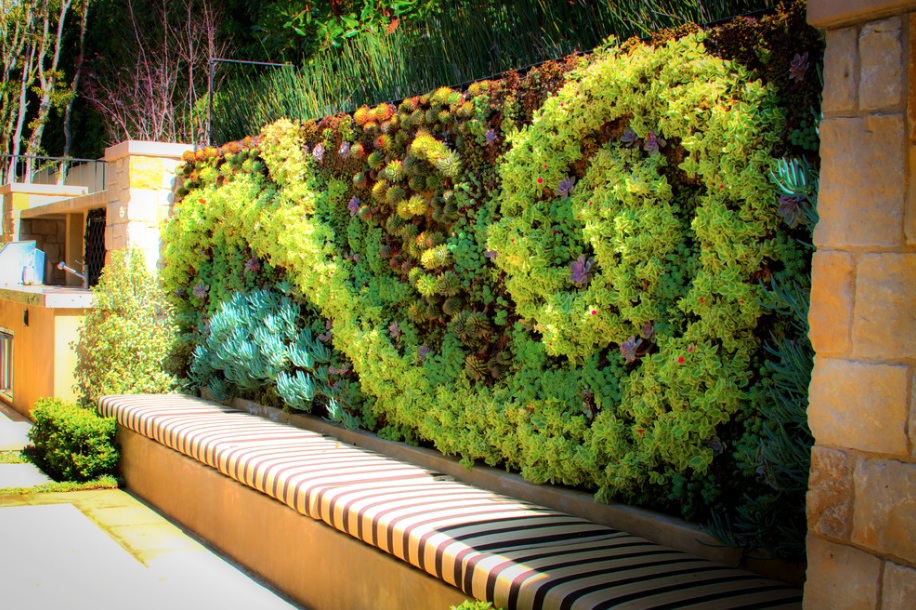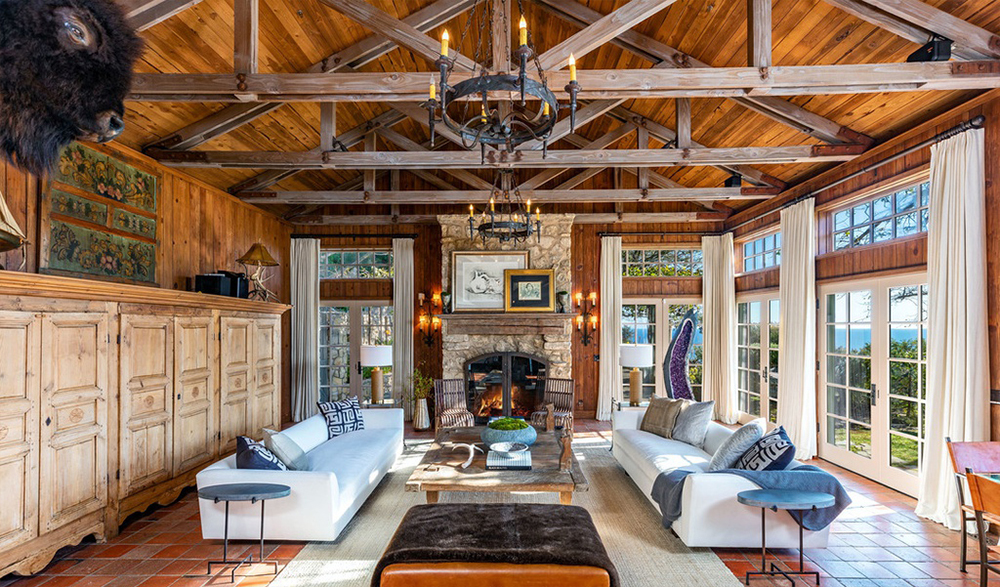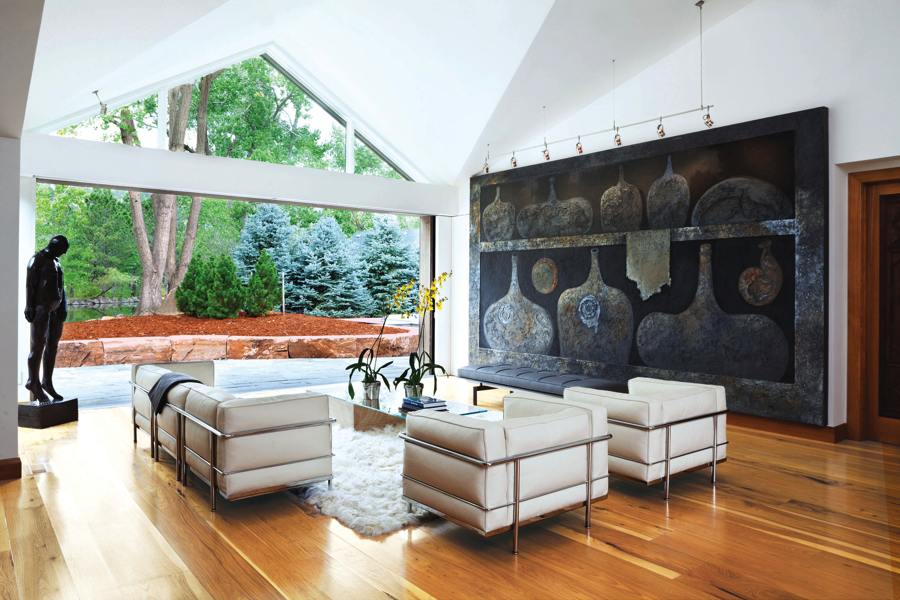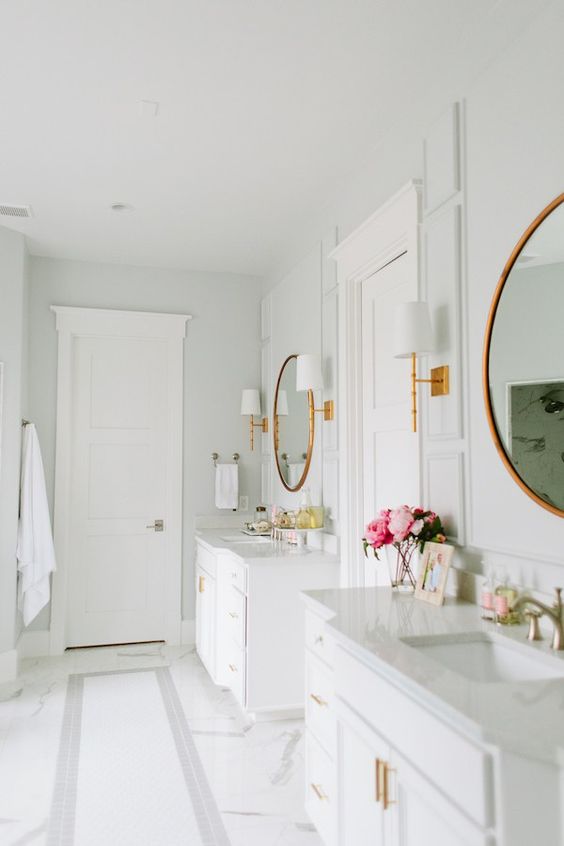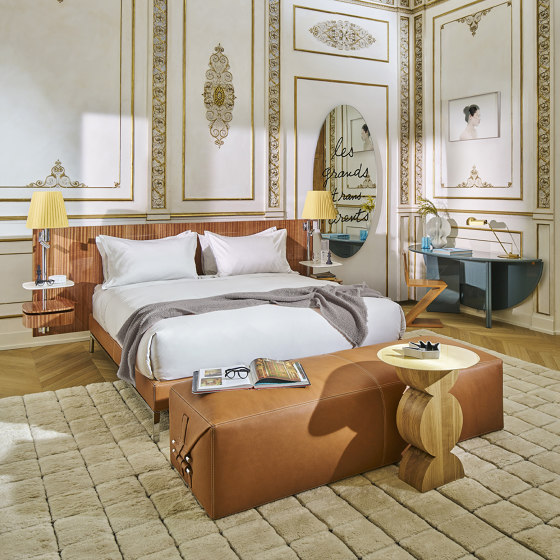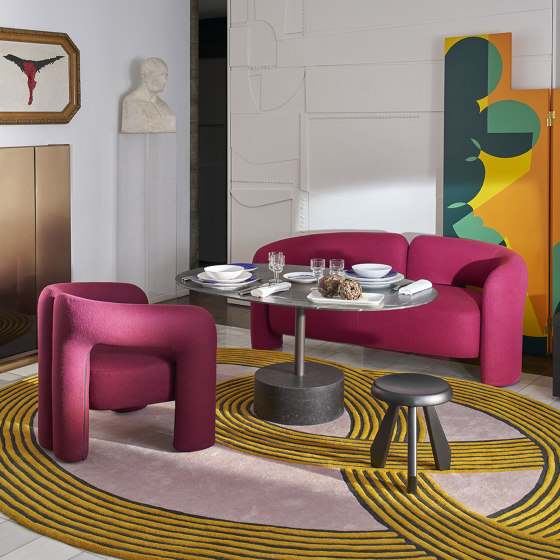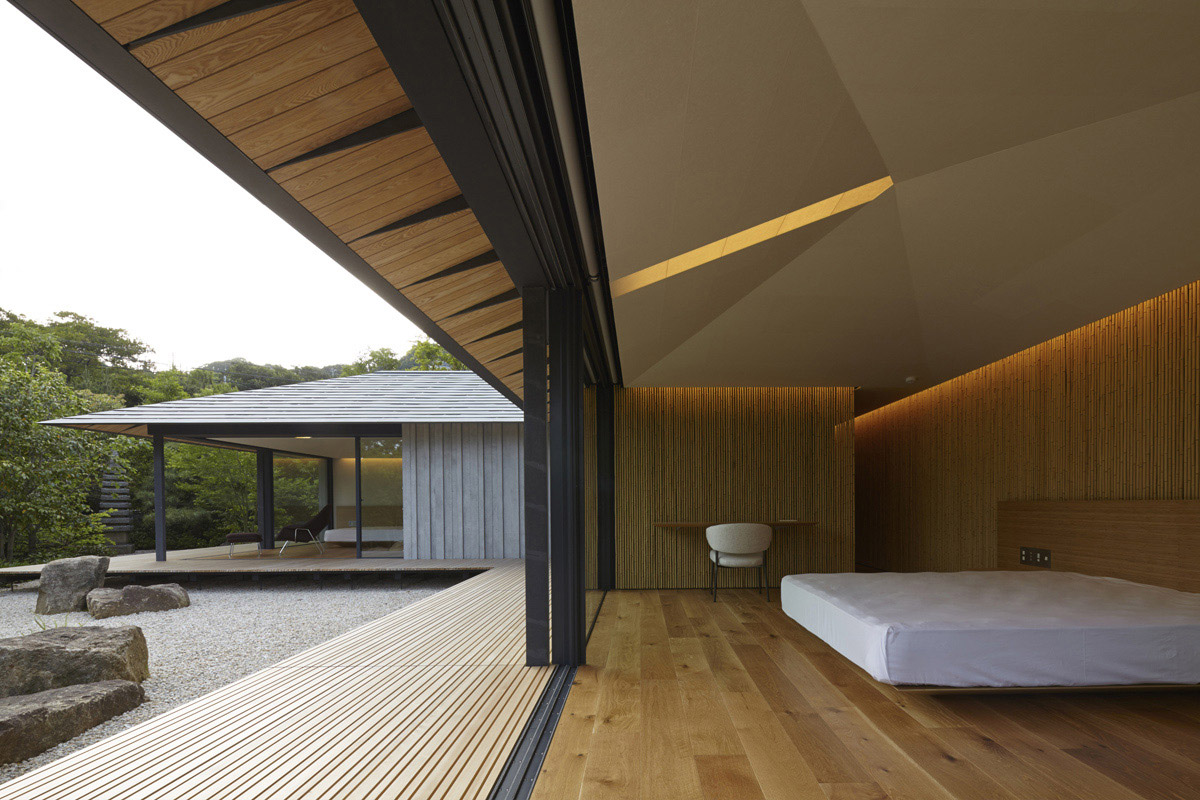Area rug producers tackling higher costs, lower item pricing
Rising shipping costs, competitive pricing pressures and shifting consumer priorities require adaptation and resilience.

 NEW YORK – The area rug market, once buoyed by the Covid-era home décor surge, finds itself facing substantial challenges in almost every facet of the business.
NEW YORK – The area rug market, once buoyed by the Covid-era home décor surge, finds itself facing substantial challenges in almost every facet of the business.
Sales started to slow dramatically in the spring of 2024 as persistent inflation, political uncertainty and escalating costs for goods and services left a noticeable impact on both consumers and businesses. As the industry heads into 2025, the outlook remains complex, but there is cautious yet palpable optimism for recovery.
Like most home product segments, the area rugs category saw a remarkable boost during the pandemic as consumers invested in home improvements. This trend thinly stretched into 2023. Retailers experienced flat to slight increases in business levels, albeit far below the pandemic peak. Consumers’ spending behaviors and preferences began to shift as the year progressed, with high inflation and economic uncertainty creating hesitancy among shoppers.
“We saw a steady performance in 2023, but the enthusiasm from the pandemic has faded,” Cameron Capel, president of sales, marketing, and imports at Capel Rugs, told sister publication Home Textiles Today. By the first quarter of 2024, the rug category hit the wall. A tightening economy led to decreased spending, with rug sales nearing a standstill for many retailers.
“It’s been a downturn across the board,” Capel continued. “The exception has been our high-end offerings, which are less affected by economic shifts.”
Shifting up-market to chase sales
As economic pressures continue to shape consumer spending, high-end products are proving to be a saving grace for some companies. Capel Rugs, for example, is shifting focus toward more affluent customers who remain resilient in the face of economic uncertainty. The company’s high-end, handmade rugs — such as hand-knotted and tufted wool varieties — have shown resilience, as these shoppers are less affected by inflation. To manage shipping costs, the company has subtly shrunken large rug sizes to avoid surcharges from major freight carriers.
“When and where possible, we’ve adjusted the sizes to hit just below eight feet,” Capel explained. “A rug that once shipped for $50 might now cost $250 extra to get out the door, so it’s helped to minimize those fees for the end consumer who gets stuck with that added expense.”
Similarly, Kaleen has taken steps to make its products more appealing to luxury markets while avoiding exorbitant shipping costs. “Our Luxe Collection is crafted with foldability in mind, making it efficient for shipping without incurring surcharges,” said Monty Rathi, Kaleen’s chief operating officer.
This trend toward higher-end products is expected to carry through early 2025, with some companies banking on a recovery in consumer confidence under the incoming presidential administration. For now, however, budget-conscious consumers remain hesitant to make discretionary purchases, particularly for home decor.
A tougher environment for machine-made constructions
Because of its vertically integrated business model built solely around domestic production, Maples Rugs benefits from several advantages over its competitors despite the challenged environment.
“Business for machine-made rugs has not been strong, that’s true, but we are hopeful it will soon start to improve,” said Wade Maples, founder of Maples Rugs – which he claims is the “one true domestic producer of rugs left in the U.S.” The family-owned company manufactures tufted rugs made from pre-dyed yarn and printed area and accent rugs.
“We make all of our product, we warehouse it and we ship it,” he continued. “Carrying that big inventory allows us to ship quicker and more reliably than our competitors because we ship direct so that the retailers pay the freight, not the consumers.”
While high-end products are seeing some resilience, the machine-made rug sector faces a different set of challenges. The market is crowded, with an influx of lower-priced imports – particularly from Turkey – creating fierce competition and driving down prices.
Machine-made rugs, once seen as cost-effective options offering variety and versatility, are now perceived more as commodity items with little differentiation, especially in online marketplaces. “It’s become a pure pricing war,” Bart Hill, senior vice president at Mohawk Industries, told HTT. “E-commerce has turned the category into a race to the bottom, making it difficult for suppliers to stand out.”
As a result, some companies are reconsidering their investment in machine-made rugs, instead focusing on higher-quality specialty items that perform better in brick-and-mortar settings where consumers can appreciate them firsthand. Warehouse clubs and mass market retailers have emerged as major outlets for these volume-driven products, leaving independent home decor shops and department stores struggling to keep up.
Looking for an upswing in the demand cycle
Despite these challenges, manufacturers are hopeful that 2025 could bring a rebound in demand. Many consumers haven’t updated their home decor since the early pandemic years, and companies believe that once economic conditions stabilize, there may be pent-up demand for home updates.
Larry Mahurter, senior vice president of marketing at Couristan, pointed out that interest in high-end and custom area rugs has been on the rise. Couristan, which introduced a full range of hand-loomed carpets in recent years, has seen strong demand for custom rug designs — a segment it is actively expanding. “There’s untapped potential among consumers who haven’t refreshed their home decor in years,” he said. “As stability starts to resume, we anticipate a resurgence in demand.”
Another factor affecting consumer spending in the rug market is competition from other industries. According to Nourison’s vice president of marketing & creative, Giovanni Marra, changing consumer priorities post-pandemic have also played a role.
“Some consumers are spending their disposable income on experiences, like travel and events, rather than home decor,” he said, noting that this shift has affected furniture and décor sectors as a whole.
Amid the industry’s struggles, some companies are embracing diversification as a means of navigating a tough market. Mohawk Home, for instance, broadened offerings through its 2022 acquisition of Foss Flooring, moving beyond decorative rugs to include functional products like utility flooring in addition to doormats and rug pads. This diversification has allowed Mohawk to enter new retail channels and better weather the fluctuations in demand for fashion-oriented area rugs.
“The rug industry is over capacity and over-inventoried right now,” Hill added. “We’ve adapted by expanding into non-traditional categories and adding value-driven products. We believe that diversification is essential for survival in this challenging environment.”
In tandem with the macro economy, the area rug industry also finds itself at a crossroads. Inflation remains a factor and consumer confidence wavers, and manufacturers and retailers are having to face difficult choices. Rising shipping costs, competitive pricing pressures and shifting consumer priorities have made this year one of adaptation and resilience.
For now, many companies are making strategic adjustments, from reducing sizes to avoid surcharges to focusing on luxury markets less affected by economic fluctuations.
As manufacturers, wholesalers, and retailers adjust to this “new normal,” they’re banking on these changes to help weather the storm and prepare for the rebound they hope will come in 2025.
“There’s light at the end of the tunnel,” said Hill. “We’re anticipating a more stable environment and believe that consumers will return to home decor purchases when the economy stabilizes. And that should be sooner rather than later.”
What's Your Reaction?








